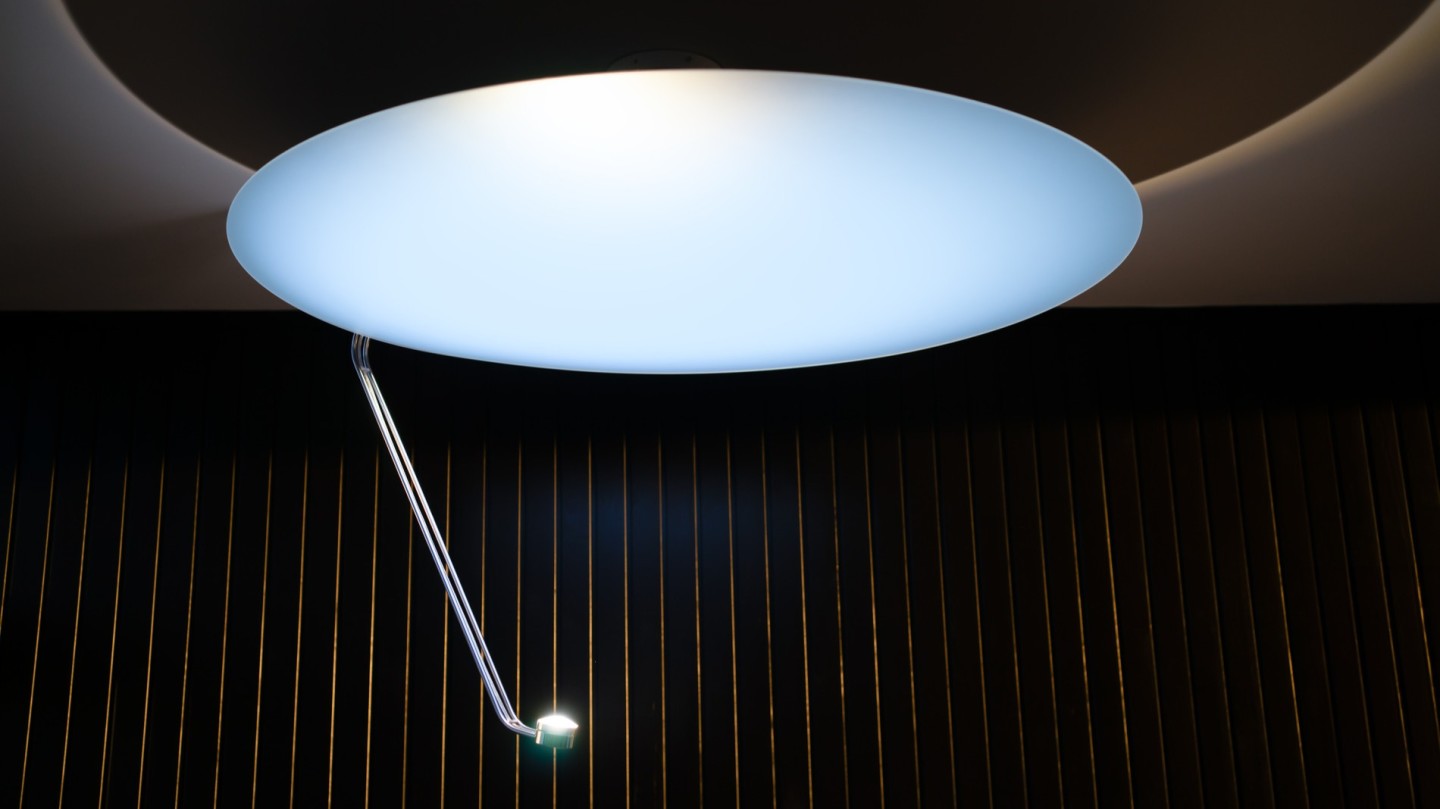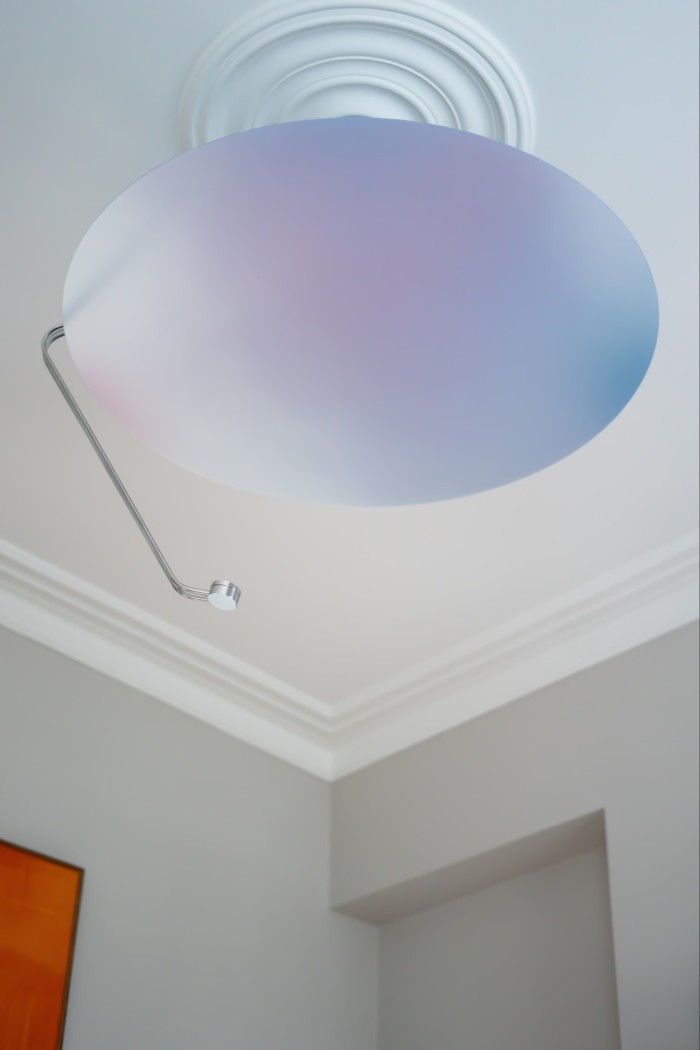Meet the SAD-busters

Roula Khalaf, Editor of the FT, selects her favourite stories in this weekly newsletter.
While science struggles fully to explain the phenomenon of Seasonal Affective Disorder (SAD), most of us recognise that a sunny day can provide an emotional boost. When it comes to indoor lighting, however, bright light is generally considered an aesthetic no-no. We prefer to illuminate our living spaces with gentle oranges and yellows, believing that anything brighter would leave them looking a bit like a hospital waiting room.
Royal College of Art graduates Nat Martin and Sean Hammett are pushing back on this belief with a product they call Sunday Light: a bright, artificial light that strives to be as close to that of natural sunlight as possible. “Bright light is a sought-after resource in cities,” says Martin. “But if you don’t have much of it coming into the building, you just have a rather dim space, and during the day that can feel depressing. I think artificial sunlight is something that can genuinely improve people’s lives.”

One of the first Sunday Lights is installed in Martin’s flat in north London, and it combines clever engineering with beautiful light in a rather beguiling way. At its simplest, it’s a very bright LED (30,000 lumens, some 300 times brighter than a normal light bulb) projecting upwards onto a reflective disc a little over a metre in diameter. Sitting below it, you sense that you’re underneath a much larger, concave structure that fills the room with light. When Hammett turned it off, I laughed at the wintery greyness that replaced it. When he turned it back on, I appreciated it even more.
How close is it to sunlight? “One measure is the CRI [Colour Rendering Index] which is how colours look when compared to daylight, and this is around 93 out of 100,” says Martin. “And the colour temperature, which is measured in Kelvins, is around 4,000, and that’s similar to an hour after sunrise on a sunny day.”
“There’s no ultraviolet light,” notes Hammett. UV from sunlight triggers the production of vitamin D in the body, and there is research to suggest a link between depression and low levels of vitamin D in the blood. But the Sunday Light is more about brightening and enlivening your workplace or your home. Besides, adds Hammett: “It’s best not to get sunburned indoors.”

The story of Sunday Light began in February 2022, when Martin spent much of that month working in a windowless office. “I realised that barely anyone was making beautiful, bright, daytime light,” he says. “It turns out to be a rather conservative world with a fixed set of perspectives about the way light is designed and optimised. So I started experimenting with different materials, and asked Sean to work with me – he’s a genius and can make anything.”
The most common sources of bright artificial light on the market are lamps designed to treat SAD, but they require you to sit facing them for half an hour at a time, almost like receiving a dose of medicine. “They generally market themselves as being 10,000 lux [the standard unit of illuminance],” says Martin, “but you get that from Sunday Light by just walking around the room.”

This amount of light, however, generates heat – lots of it – and this provided the biggest design challenge. “If you had this level of light in a film studio, it would be cooled with a huge heatsink and loud fans,” says Martin. Instead, he and Hammett devised an ingenious cooling system which sits out of sight above the reflective disc, sending water down the narrow tubes which hold the LED in place. This keeps the entire weight of the installation down to 25kg – lighter than some artificial skylights on the market that can weigh as much as 50kg.
Their other goal was to find a way of reflecting bright light back into the room while also diffusing it widely, in a sky-like manner. The answer was to coat the disc with titanium dioxide nanoparticles. Says Hammett: “It gives the light a depth.
The two men are very proud of their product, with Hammett seeing it as having direct lineage from his background in fine art. “I’ve worked in the studios of artists producing kinetic art, and the process of making this light was not dissimilar,” he says. “It needed to look good, be highly finished and very reliable.” Martin, meanwhile, is excited about its applications. “Candlelight is fine in the evenings – I think we’re wired that way – but during the day there’s really no reason to have a big distinction between artificial and natural light,” he says. “To me, this makes so much sense at home, in the office, and in other ways we just haven’t even thought about yet.”
Sunday Light, £8,000, sundaylight.cc
Comments